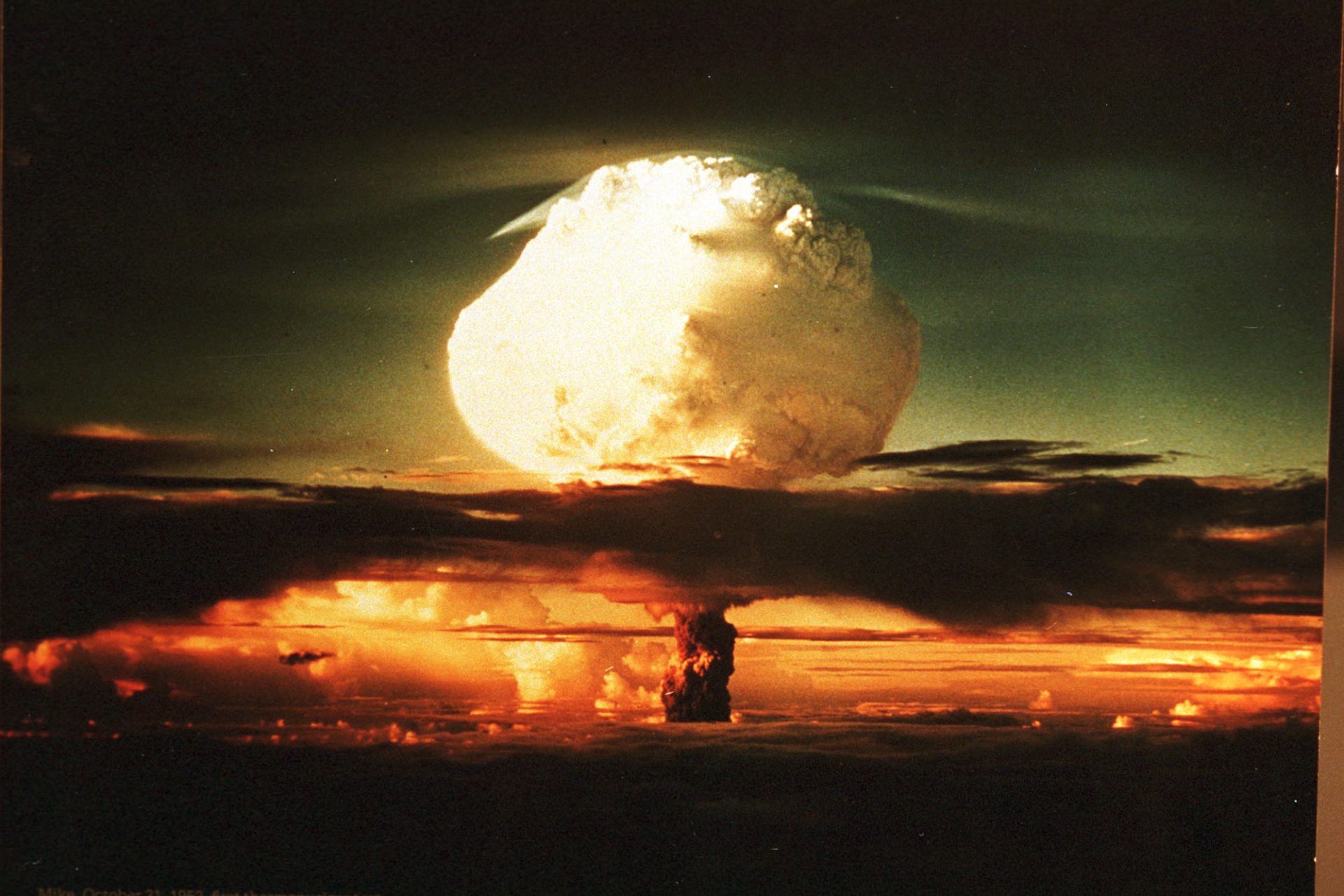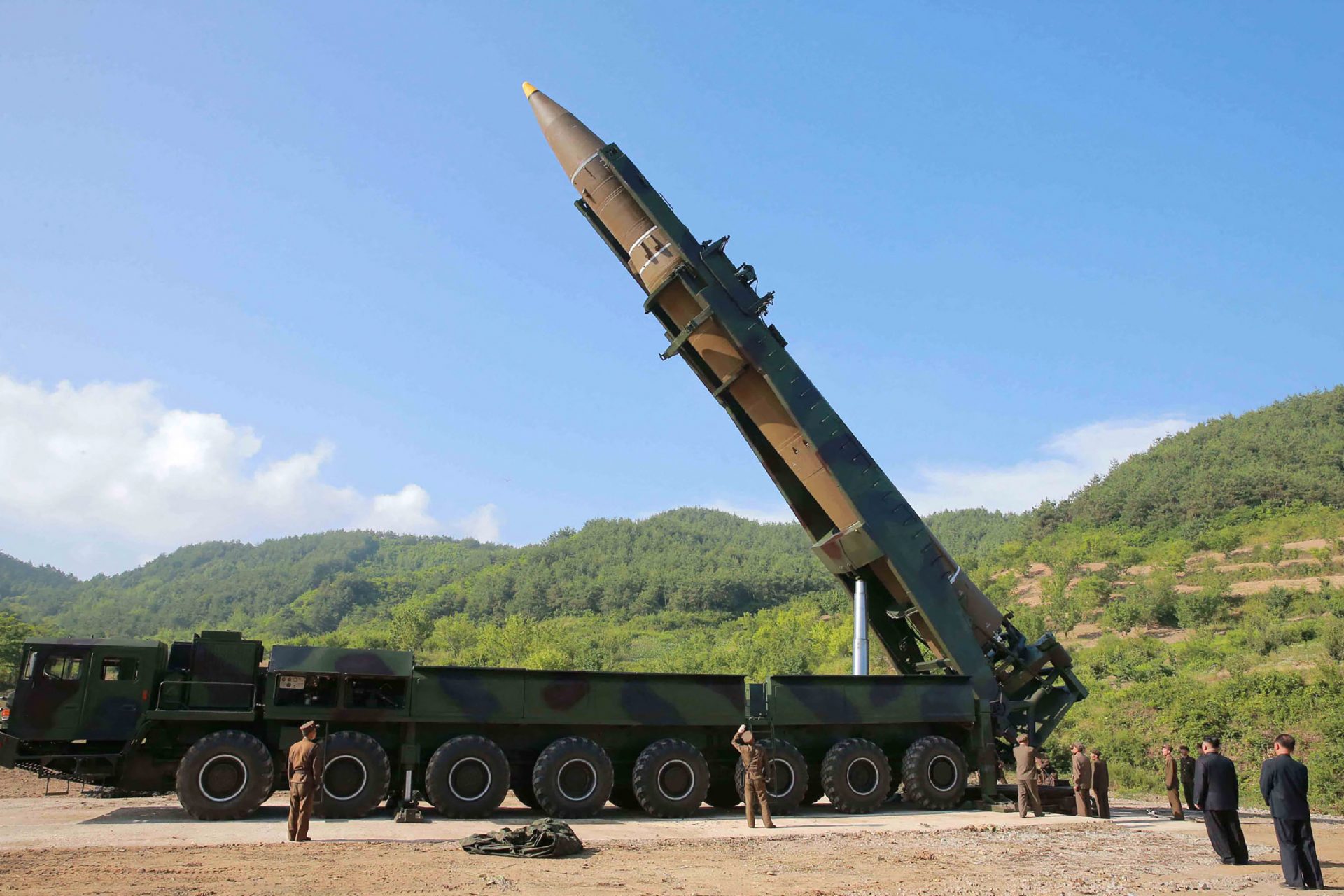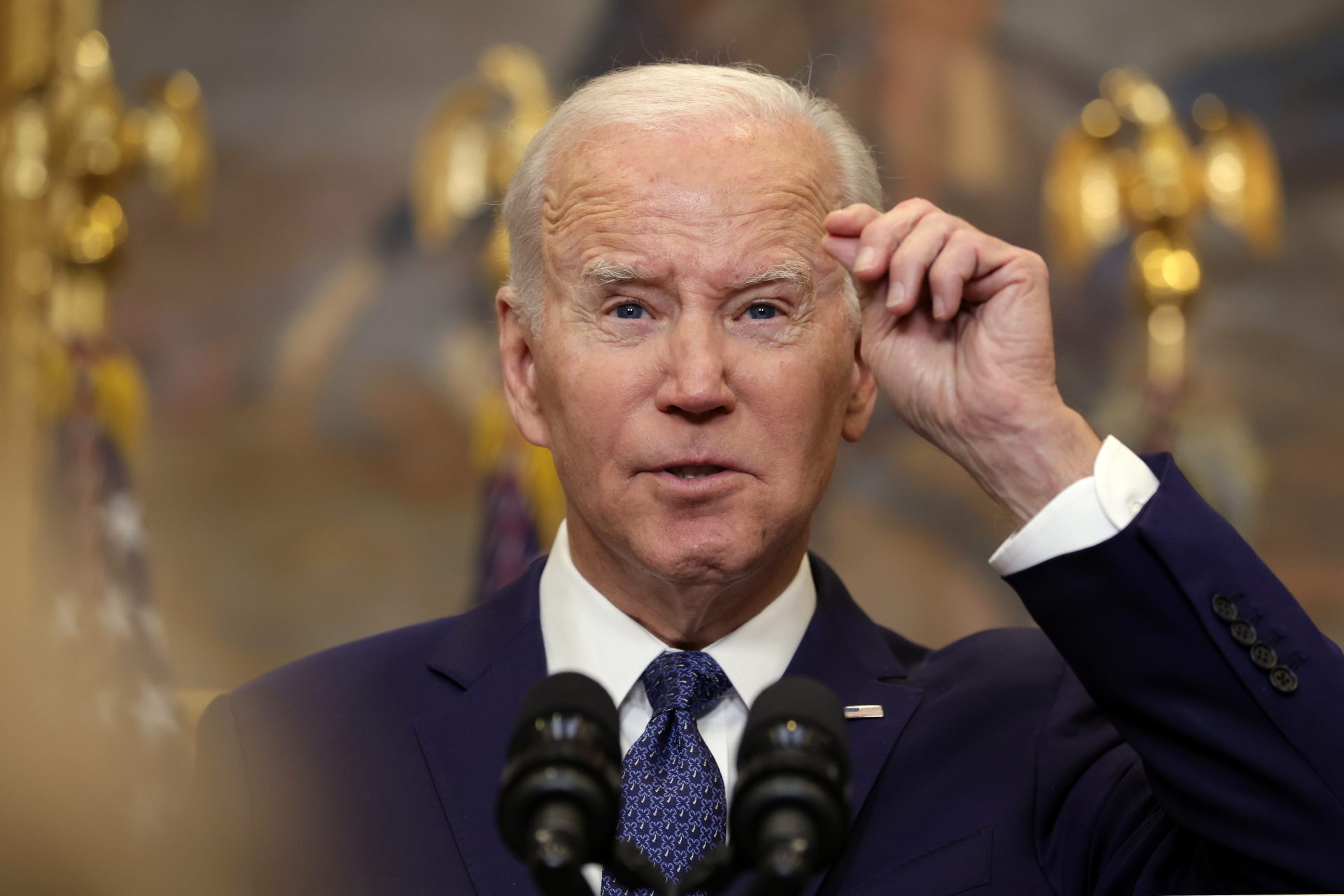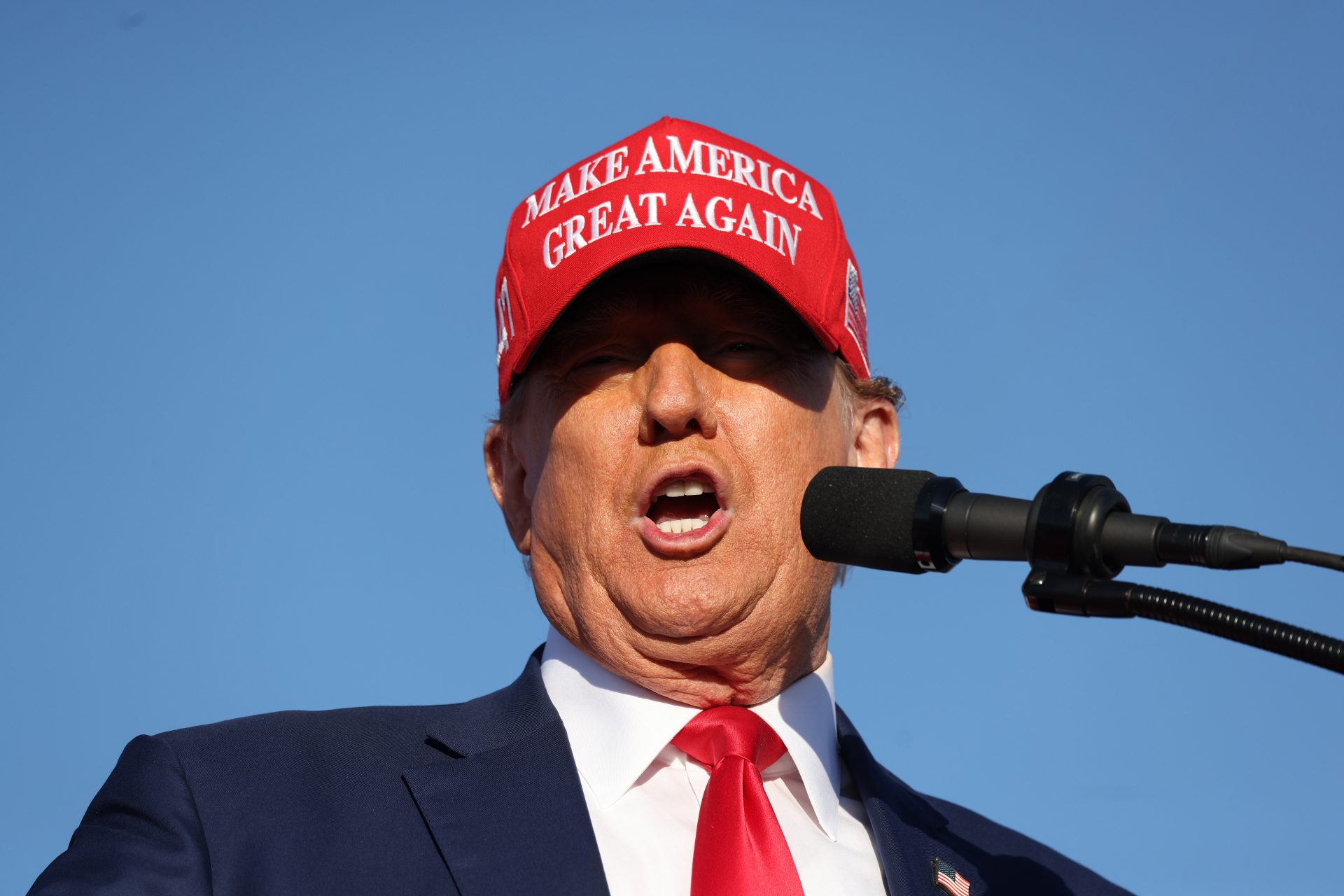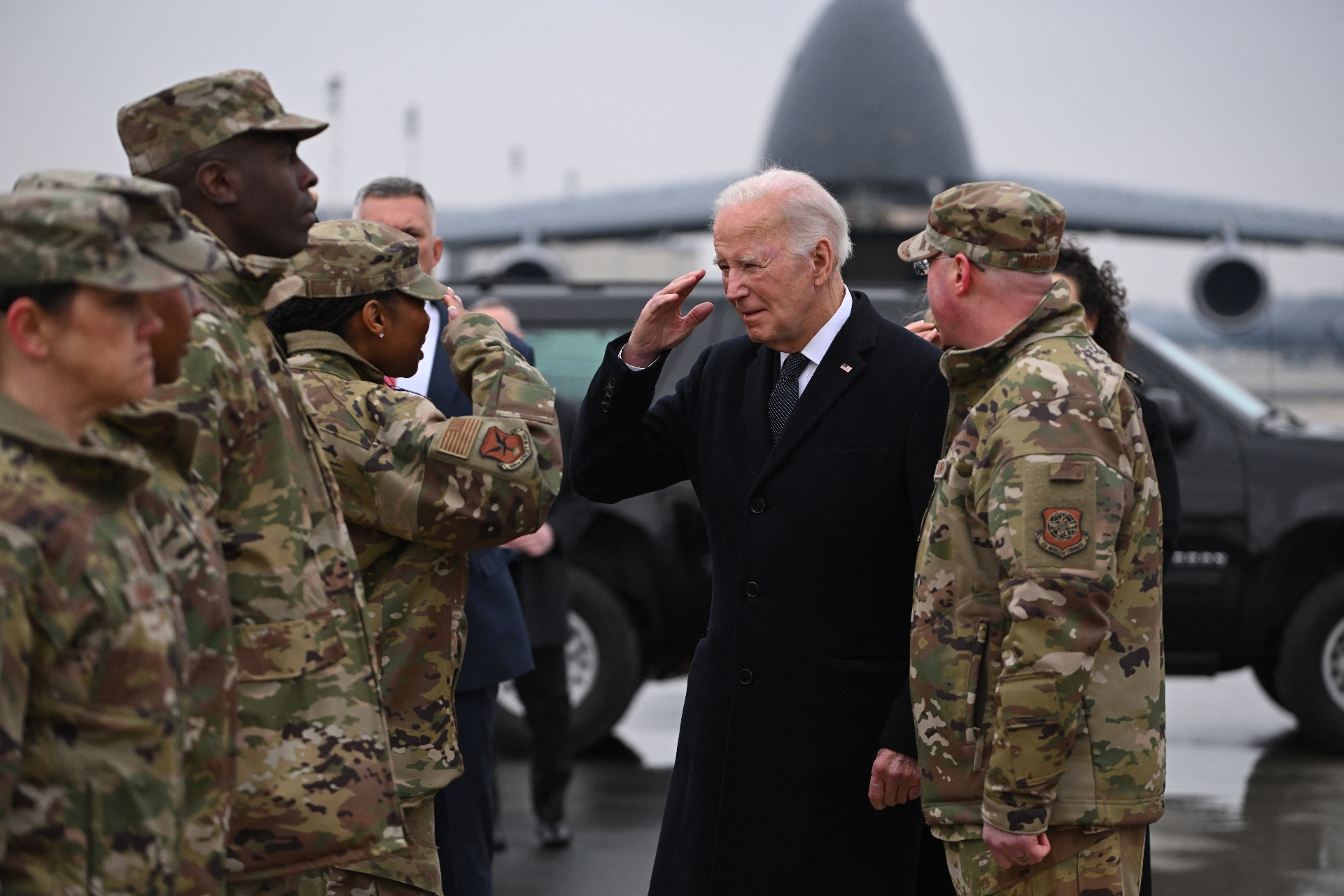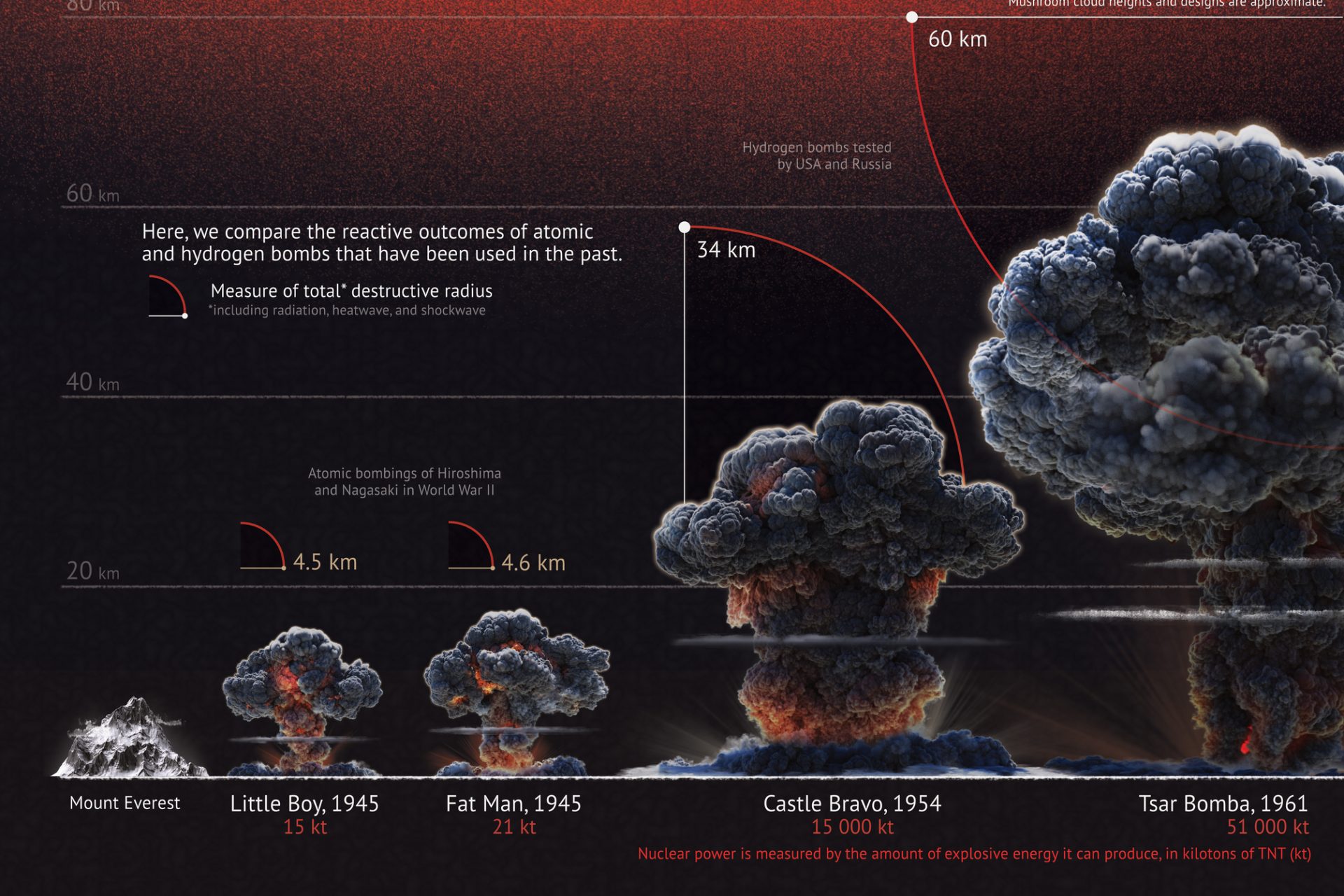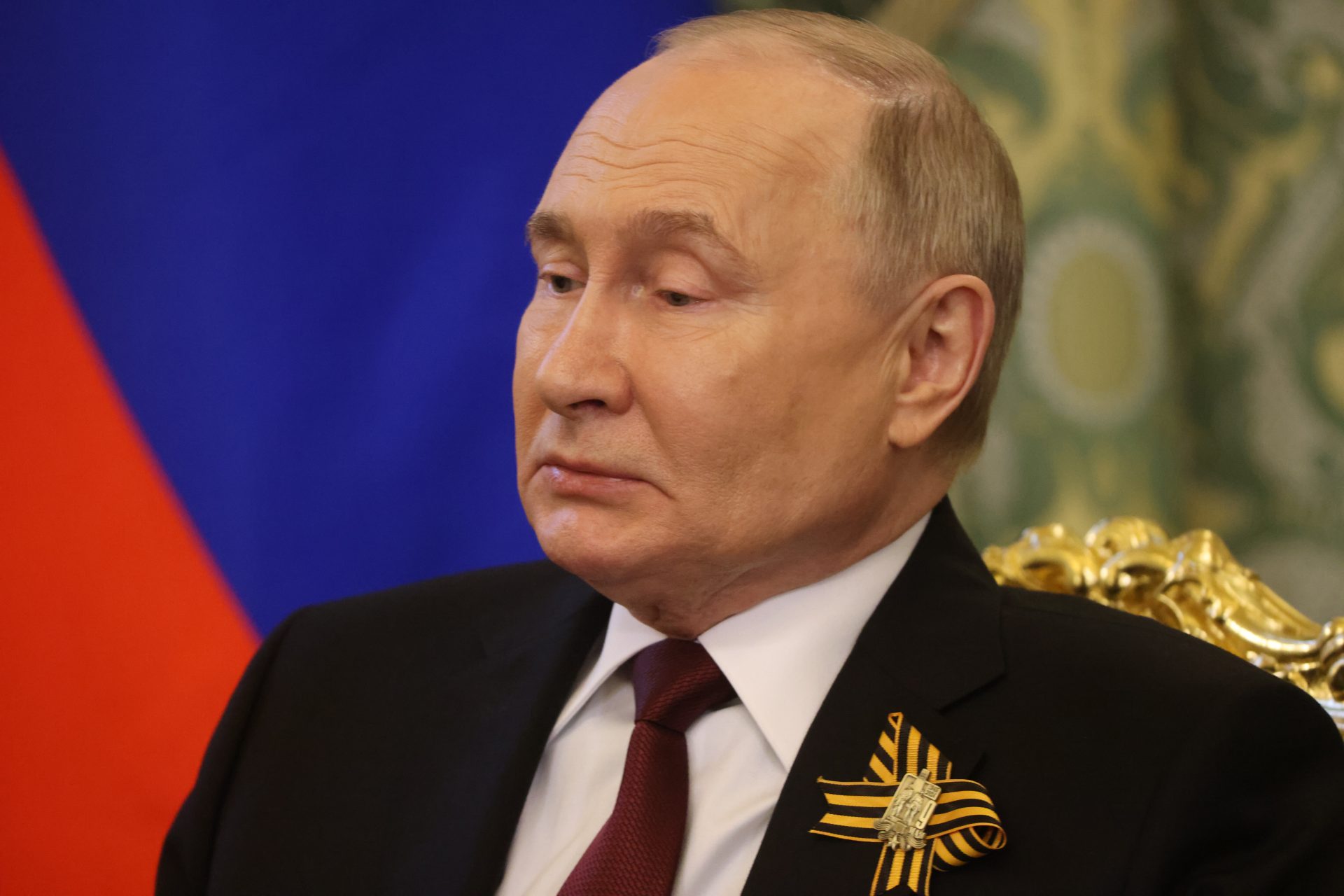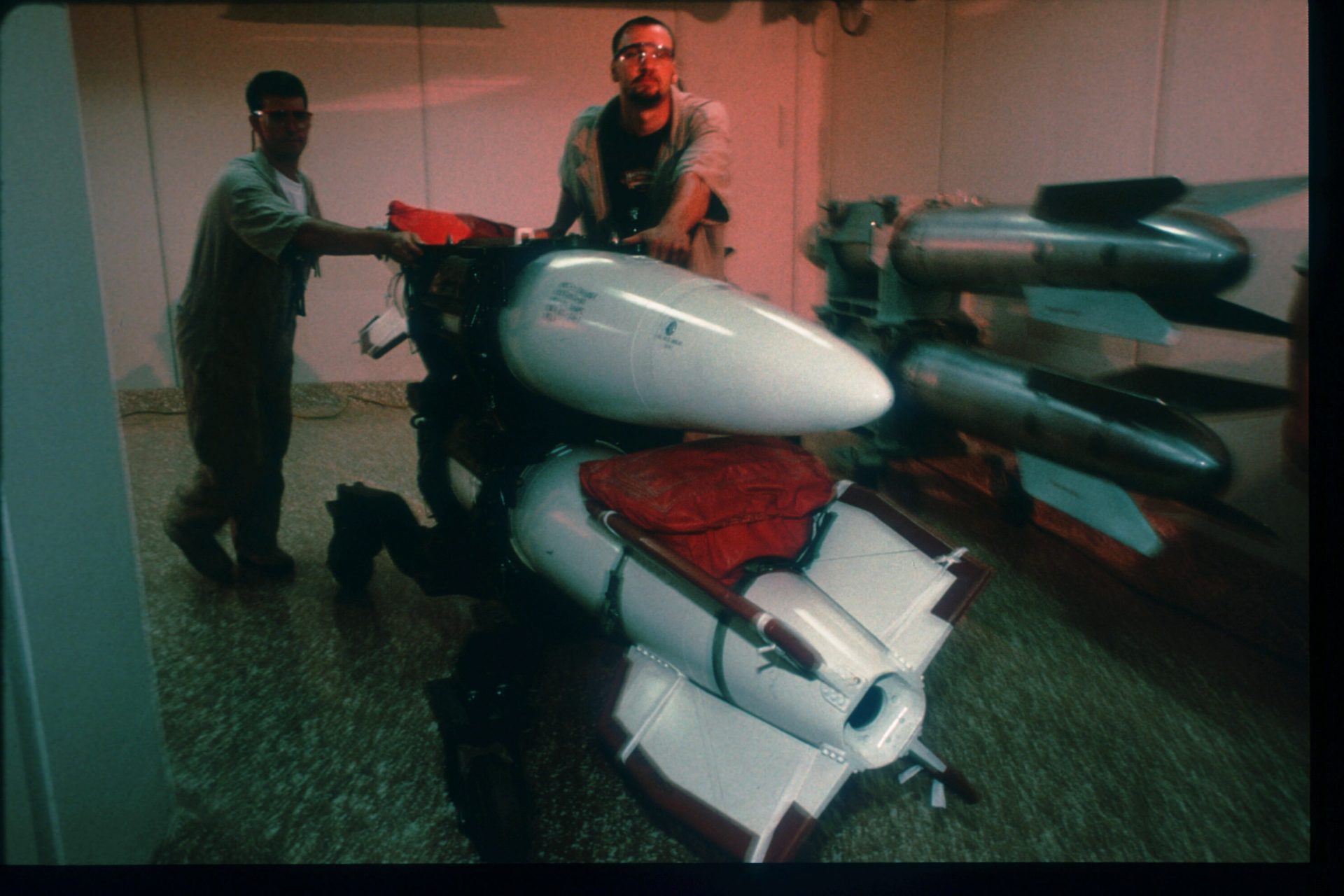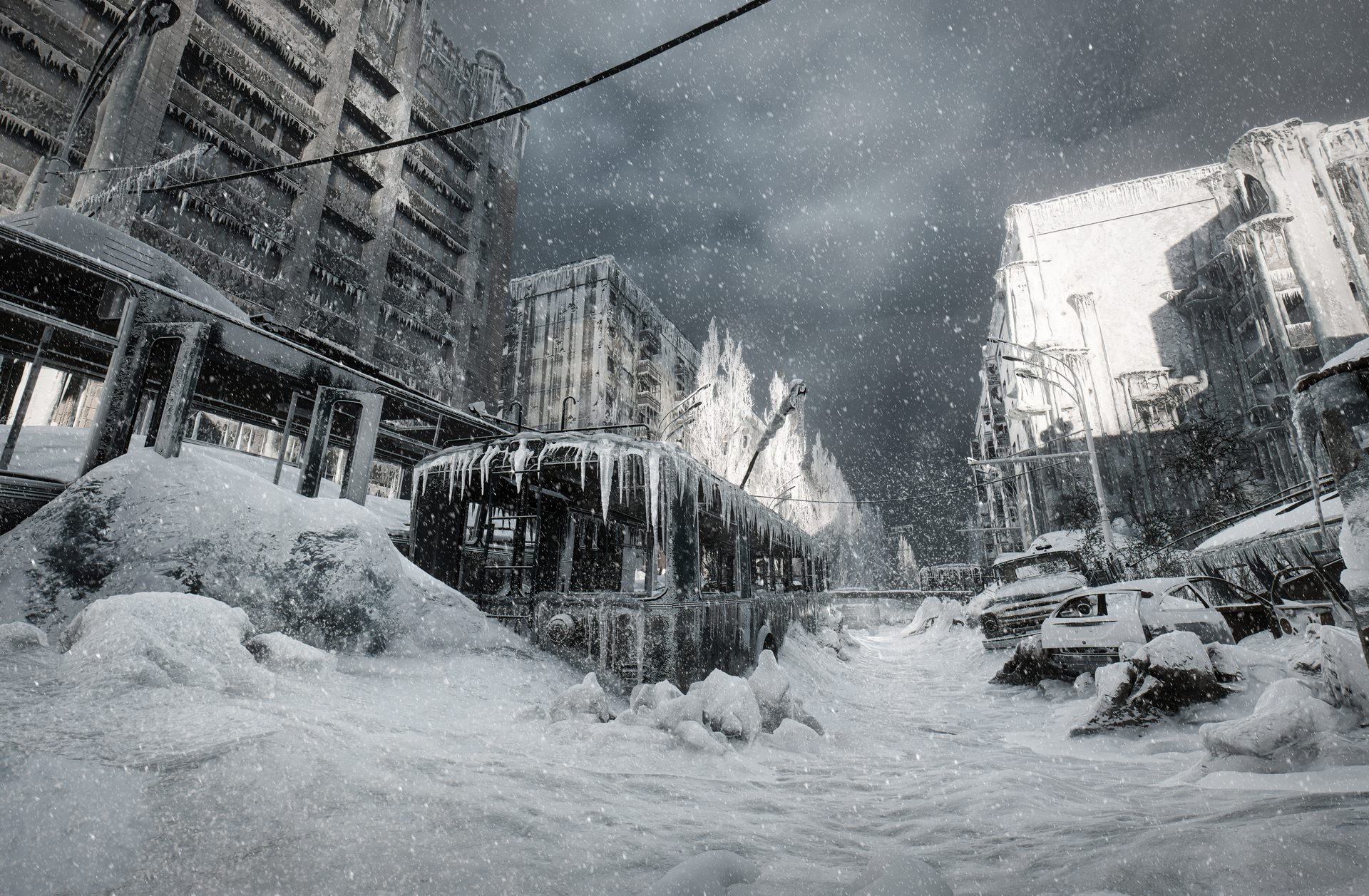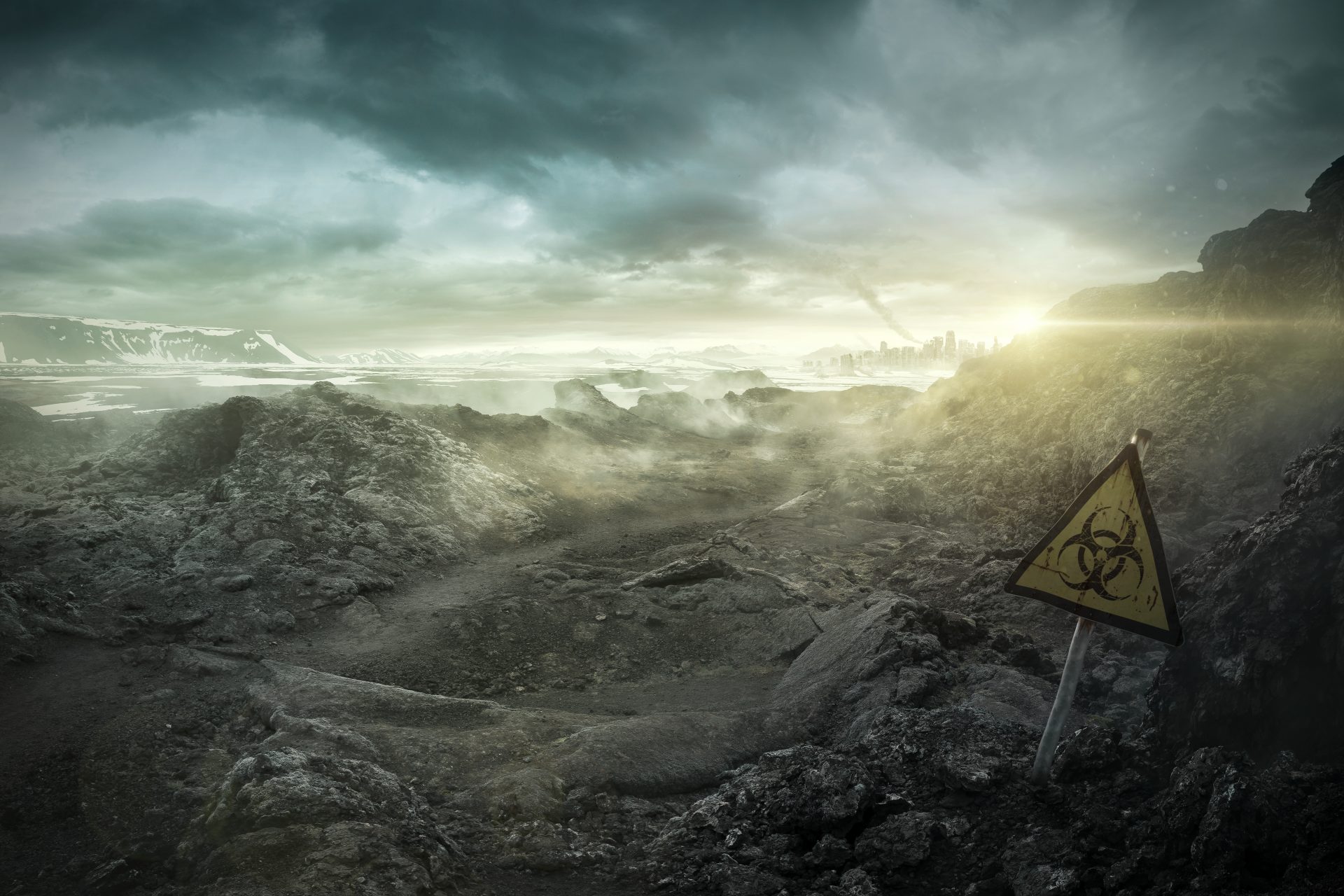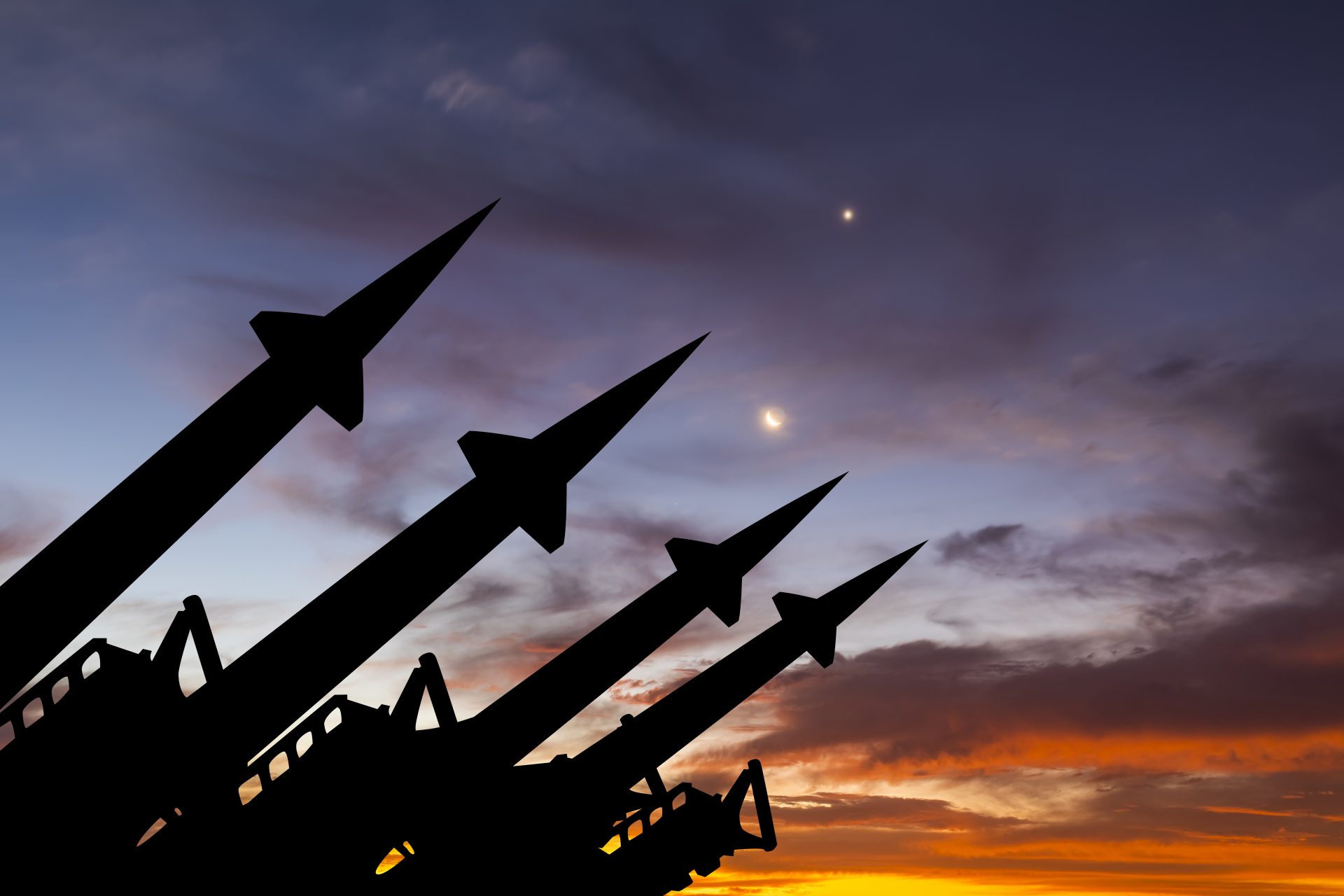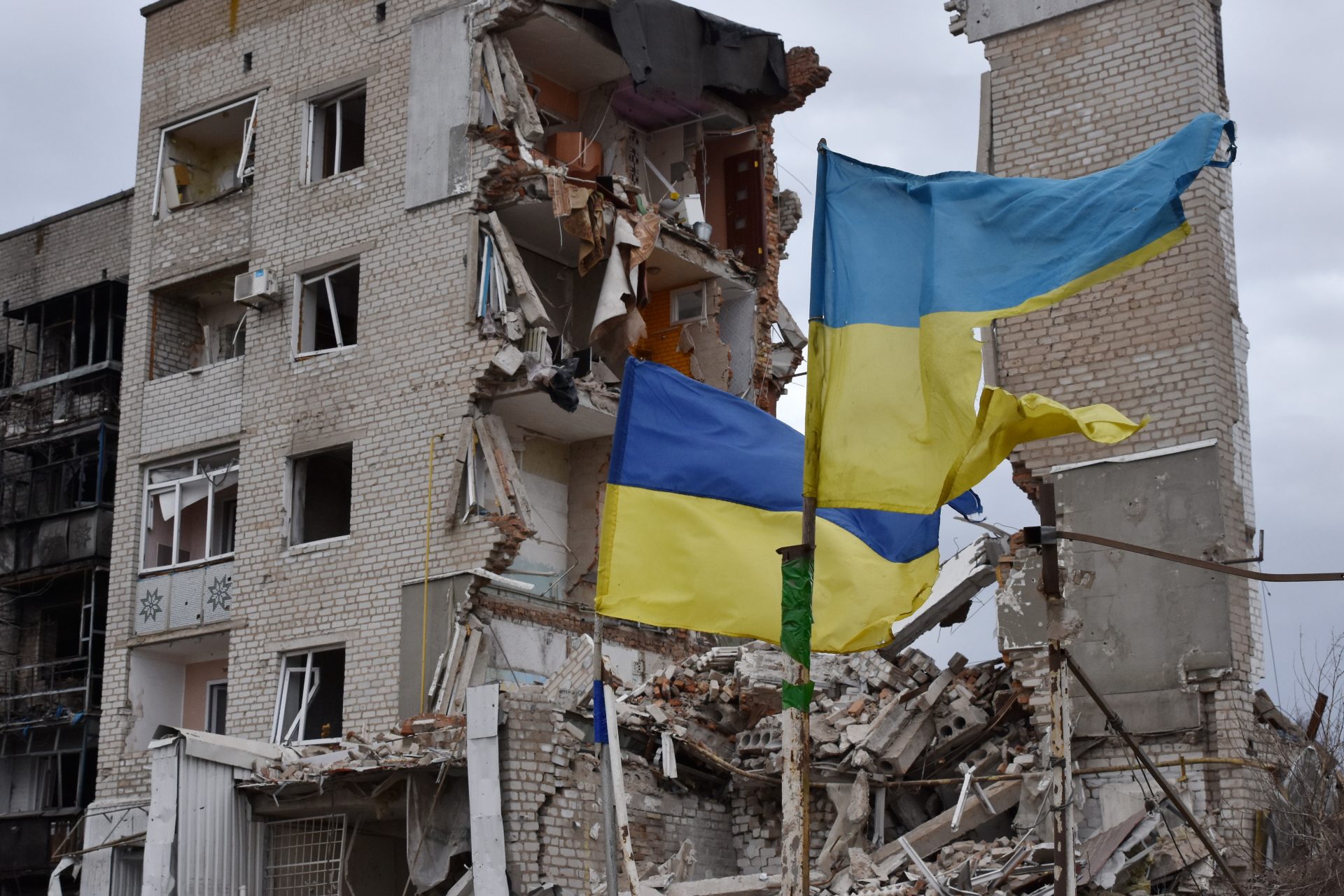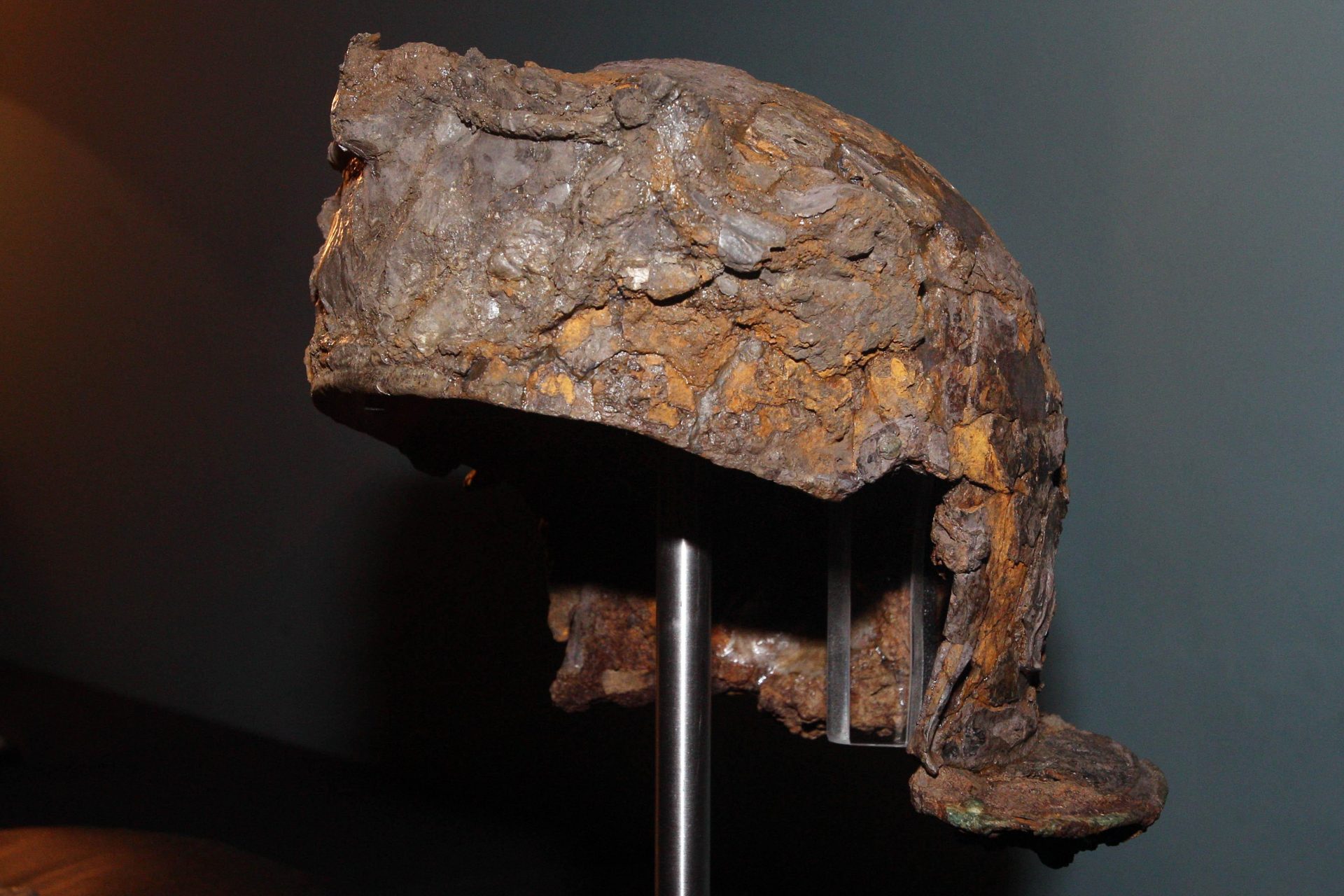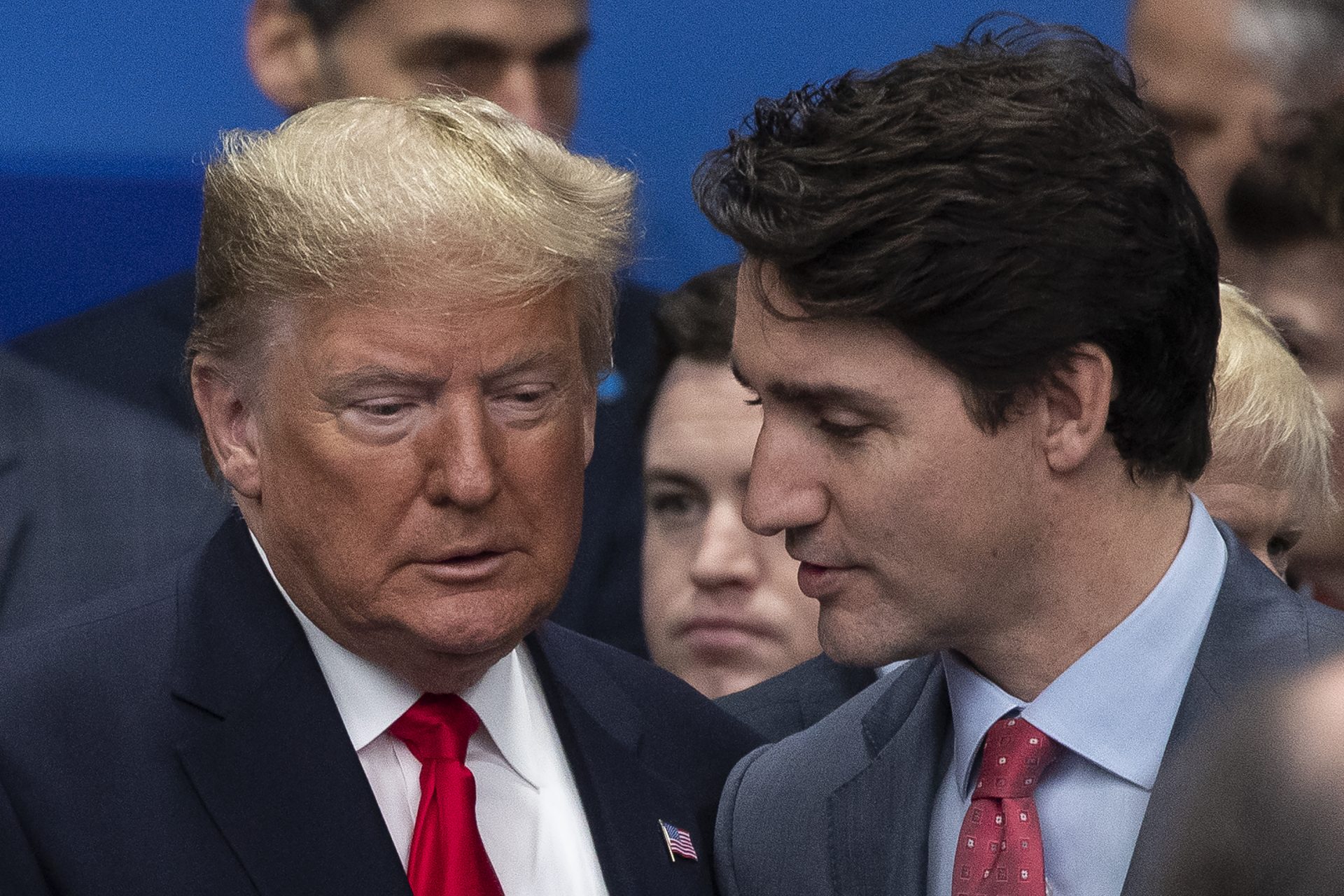Armageddon: what would happen if a country decides to launch a nuclear strike
That is the title of a book by journalist Annie Jacobsen – a Pulitzer Prize finalist who spent more than a decade interviewing people with in-depth knowledge of nuclear war and policy. And the gripping book looks at the terrifying minutes and hours after a hypothetical nuclear bomb is launched and what the would would look like post-WWIII.
To give a concrete example of what would happen in the case of a nuclear attack on America, Jacobsen lays out what would happen if North Korea decided to launch a one-megaton nuclear warhead at the US. The “why” of North Korea is much less important than the “what” would happen next…
While many may believe that the US has a great system to intercept any nukes, Jacobsen’s reporting shows that there are only 44 interceptor missiles that only have a success rate of 50%. North Korea has around 50 nuclear weapons. In fact, the whole interceptor missile program is on “strategic pause” right now, the journalist explained on the Lex Fridman podcast.
Once the North Korean attack is detected by the US, the doomsday clock starts to tick. The US President has six minutes to decide whether to use the “Launch on Warning” policy and fire America’s missiles in a counterattack. President Ronald Reagan referred to this time in his memoirs, asking how anyone could decide to “unleash Armageddon” in such a short period based on a blip on the radar scope.
This is the name of another US concept that means the US President is the only person who can decide whether to start a nuclear war. “He asks permission of no one. Not the Secretary of Defense, not the chairman of the Joint Chiefs of Staff, not the US Congres,” Jacobsen explained on the Fridman podcast. Why? The idea is that no other way would be fast enough.
Within the blur of decision-making, a lot is also happening. The president will need to be moved to a safe place. The US Strategic Command (STRATCOM) will be pushing for launch orders and targets. Then, the president takes out his wallet, gives a card called the biscuit with a code to order a nuclear attack. STRATCOM follows orders and launches a nuclear triad — intercontinental ballistic missiles (ICBMs), B52 bomber missiles and submarine-based missiles.
Jacobsen reports that all US presidents have gone into office understanding the idea of nuclear deterrence. The same goes for the advisors around them. That means that America, like other nations, promises that if a country launches a nuclear attack on the US, it will automatically launch one back. It's not a question. It’s mutually assured destruction (MAD). So far, it has dissuaded nuclear war.
But in the case that an attack has been launched, MAD has already failed. It would take the North Korean missile around 30 minutes to reach the East coast of the US.
In the book’s scenario, the Pentagon is the first target hit. “The fireball on a one-megaton nuclear weapon is 19 football fields of fire. Think about that. Nothing remains. Nothing remains,” Jacobsen told Fridman. Before the bomb even goes off, a blast wave pushes out, creating rubble around 10 miles out.
After the initial hit, mega-fires ensue and winds will be able to rip off people’s faces due to radiation burns. Then, the sucking action comes. What you know as the stem of a mushroom cloud would contain the remains of the Pentagon and the nearby city of Washington D.C., as well as those who were in it.
Jacobsen told Fridman that one of the most terrifying facts she learned while reporting was that US missiles launched at North Korea would have to fly over Russia because they don’t have enough range otherwise. So, in her scenario, this fact leads Russia to believe it is being attacked. Sticking to the MAD policy, it launches an attack on the US. Telling Putin to “just trust us,” might not work, she said.
The US has 1,770 nuclear weapons deployed. Russia has 1,674. The rest of the nine nuclear nations have around 12,500 more. With Russia’s attack, WWIII has officially begun.
According to Jacobsen’s calculations and scenario, the bombs would stop falling 72 minutes after the first launch. “First millions, then tens of millions, then hundreds of millions of people will die in the first 72 minutes of a nuclear war,” she said.
After the initial 72 minutes, each nuclear weapon would start a mega-fire that the Defense Department estimates would burn between 100 and 300 square miles (258 - 777 square kilometers). Communications and electricity have also been downed. Cities and forests are on fire, launching some 300 billion pounds of soot into the air.
According to Jacobsen, experts estimate that the soot would block out the sun, causing a nuclear winter. Ice sheets would form, leading to the waters of places like Iowa being frozen for 10 years straight. At the same time, there’s no electricity. Billions die from starvation and other issues.
Once the sun starts to come back in around 10 years, the events have severely depleted the ozone layer, making the sun’s rays effectively poisonous. During the thaw, more and more animals start to go extinct, though small animals like insects can come back quickly. It is unclear if humans would find a way to survive.
What the journalist drives home is that the idea of mutually assured destruction has worked to stave off a nuclear war in the 70 years we’ve had the technology… but if, out of terrible leadership, a mistake or a misunderstanding, it stops working, should destroying the Earth as we know it really be the automatic response?
In April 2024, production studio Legendary Entertainment bought the rights to turn the book into a movie. Canadian director, Denis Villeneuve, known for directing ‘Dune,’ is slated to direct it, according to Deadline. He would take it on after finishing the third installment of ‘Dune.’
More for you
Top Stories



